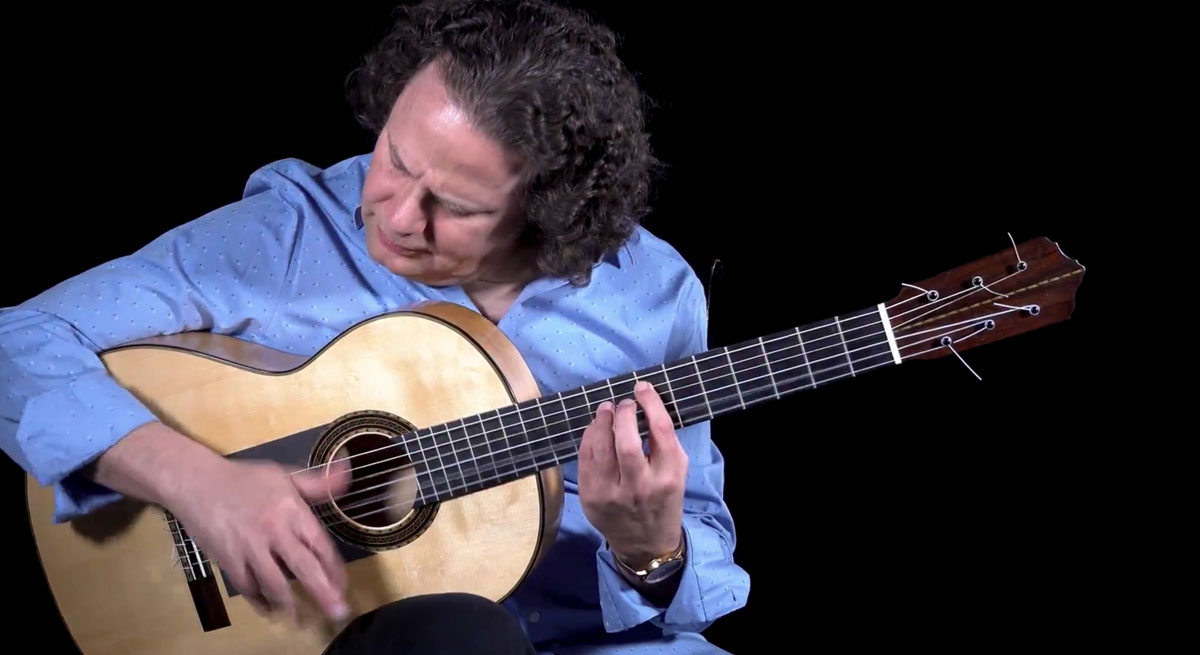Exploring Rasgueado Techniques: A Guide to Flamenco Strumming Mastery
Rasgueado, the quintessential flamenco strumming technique, is an expressive and percussive hallmark of Spanish guitar. Its vibrant rhythms, dynamic textures, and fiery energy evoke the soul of flamenco music, making it a defining feature of the genre. In this blog, we'll delve into the history, mechanics, and variations of rasgueado, offering insights and techniques to help you master this captivating style.
A Brief History of Rasgueado
The origins of rasgueado are deeply rooted in the flamenco tradition of Andalusia, Spain. Emerging as a distinctive form of expression among the Roma communities in the 19th century, flamenco blends Moorish, Jewish, and Spanish influences. Rasgueado reflects this melting pot of cultures, with its intricate rhythms and dynamic execution mirroring the passion and intensity of flamenco dance and song.
Historically, rasgueado was developed to accompany dancers and singers, providing a rhythmic and harmonic backdrop that complemented their performances. Over time, it evolved into an art form of its own, with guitarists refining and diversifying the technique to showcase their virtuosity.
What is Rasgueado?
At its core, rasgueado involves strumming the strings of the guitar using the fingers of the right hand (for right-handed players). Unlike traditional strumming, which often employs the thumb or a pick, rasgueado uses rapid, sequential movements of the fingers to create a rolling or cascading effect. This technique produces a rich, textured sound that ranges from delicate and lyrical to forceful and dramatic.
The hallmark of rasgueado is its rhythmic complexity. It can vary in speed, dynamics, and patterns, allowing guitarists to adapt it to different flamenco forms, or "palos," such as Soleá, Alegrías, or Bulerías.
Basic Rasgueado Techniques
- 1. The Four-Finger Rasgueado: This classic rasgueado involves using all four fingers of the right hand (pinky, ring, middle, and index) in rapid succession. Here's how to execute it:
- Begin by curling your fingers into a loose fist, with your thumb resting lightly on the sixth string for stability.
- Starting with your pinky, flick each finger outward to strike the strings in quick succession.
- Practice slowly at first, focusing on evenness and clarity of each stroke.
- Gradually increase speed while maintaining control.
- 2. Thumb-Index Rasgueado: This simpler variation alternates between the thumb and index finger, creating a rhythmic back-and-forth motion. It's commonly used in slower flamenco forms or as a transition between techniques.
- Strum down with your thumb across the strings.
- Follow with an upward stroke using your index finger.
- Repeat the motion, maintaining a steady rhythm.
- 3. Continuous Rasgueado: For this technique, the goal is to create an uninterrupted flow of sound by cycling through the fingers continuously. It's ideal for fast, energetic sections.
- Start with the four-finger rasgueado motion.
- As the last finger (index) completes its stroke, immediately begin the sequence again with the pinky.
- Ensure the transition between cycles is seamless to maintain the rolling effect.
Advanced Rasgueado Techniques
- 1. Abanico Rasgueado: The abanico (Spanish for “fan”) rasgueado incorporates the wrist in a sweeping motion to emulate the opening and closing of a fan. This technique adds flair and dynamics to your playing.
- Strum downward with your thumb while simultaneously twisting your wrist outward.
- Follow with an upward stroke using the index or middle finger.
- Use the wrist to control the speed and intensity of the strokes.
- 2. Golpe-Rasgueado Combination: This hybrid technique pairs rasgueado with golpes, percussive taps on the guitar body. It's a staple of flamenco's rhythmic complexity.
- Perform a rasgueado sequence as described above.
- Use the ring finger or thumb to tap the body of the guitar in between strokes.
- Synchronize the rasgueado and golpe for a cohesive rhythm.
- 3. Syncopated Rasgueado: Syncopation adds rhythmic variety to rasgueado by accenting off-beats or introducing irregular patterns.
- Practice basic rasgueado patterns with a metronome to establish a steady beat.
- Experiment with emphasizing different strokes within the sequence.
- Gradually integrate syncopation into your playing, paying attention to the underlying compás (rhythmic structure) of the palo.
- Tips for Mastery:
- Start Slow: Speed and precision come with practice. Focus on clean, even strokes before increasing tempo.
- Relax Your Hand: Tension in your hand or wrist will hinder your technique. Keep your movements fluid and natural.
- Use a Metronome: Maintaining a steady rhythm is crucial in flamenco. Practice with a metronome to develop timing and consistency.
- Experiment with Dynamics: Rasgueado is not just about speed—it's about expression. Vary the intensity and volume of your strokes to convey emotion.
- Learn from the Masters: Study recordings of flamenco guitarists like Paco de Lucía or Tomatito to understand how rasgueado fits into the broader musical context.
Rasgueado is more than a technique—it's a language that communicates the heart and soul of flamenco. By exploring its many variations and practicing with dedication, you can unlock its expressive power and bring authenticity to your playing. Whether you're a beginner or an advanced guitarist, mastering rasgueado will deepen your connection to the rich tradition of flamenco and elevate your artistry.
Master the art of rasgueado techniques at Learnavel.com
If you're looking to master the art of rasgueado techniques, our online lesson on Rasgueado Techniques by Adam del Monte is the perfect resource for you. This comprehensive lesson delves into various rasgueados, including the intricate Alzapúa and the lively rumba pattern. It also provides valuable practices and drills to help refine your skills and enhance your finger dexterity. Whether you're a beginner or an experienced guitarist, this lesson is designed to take your playing to the next level!



